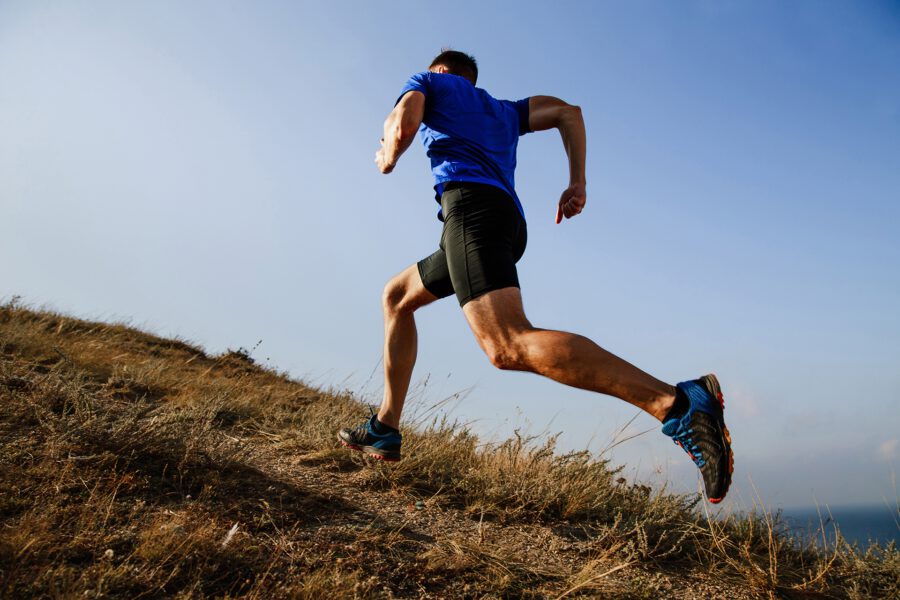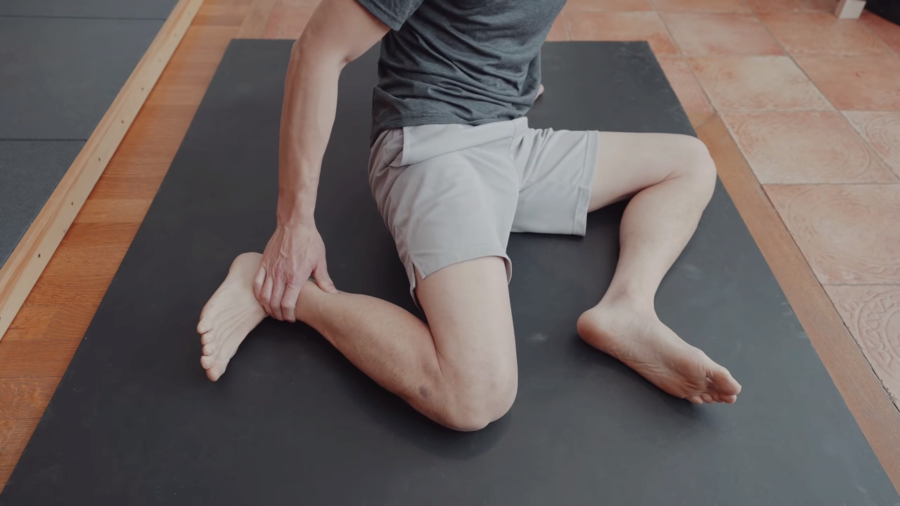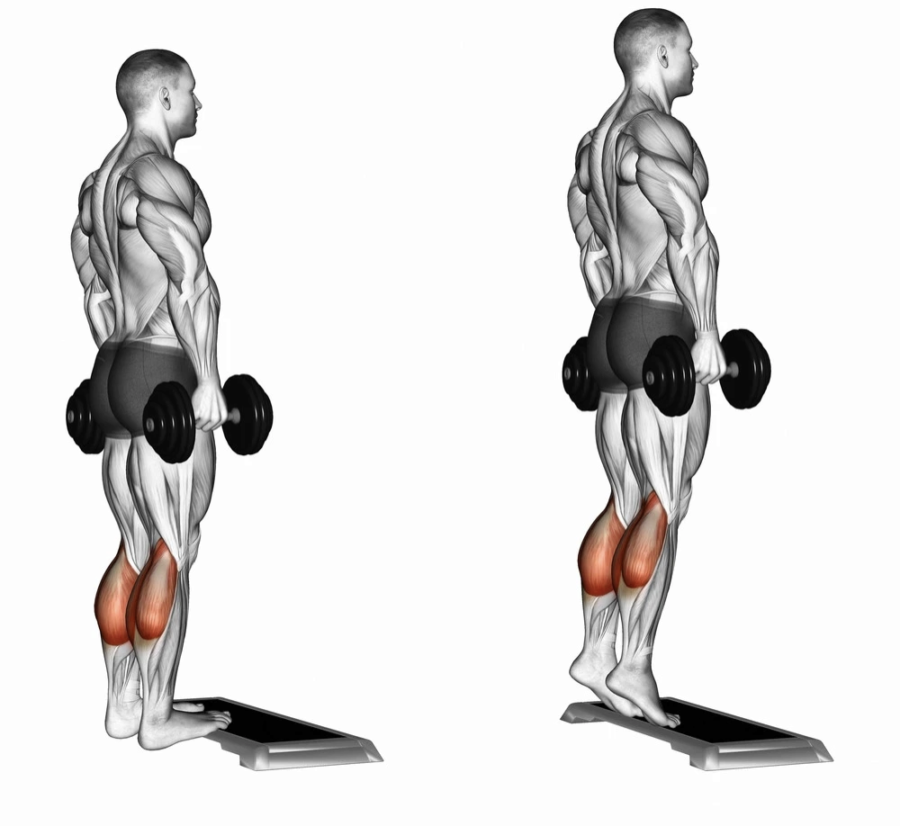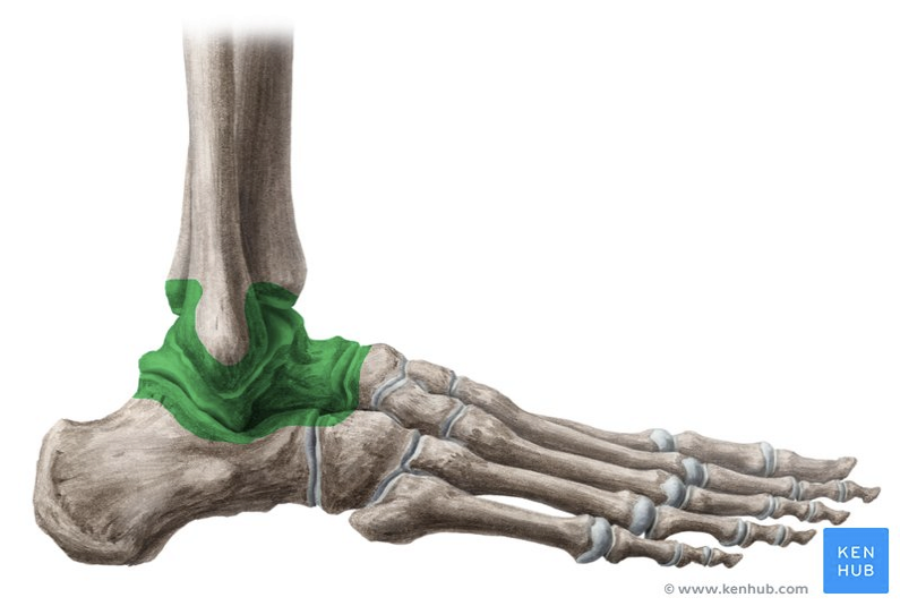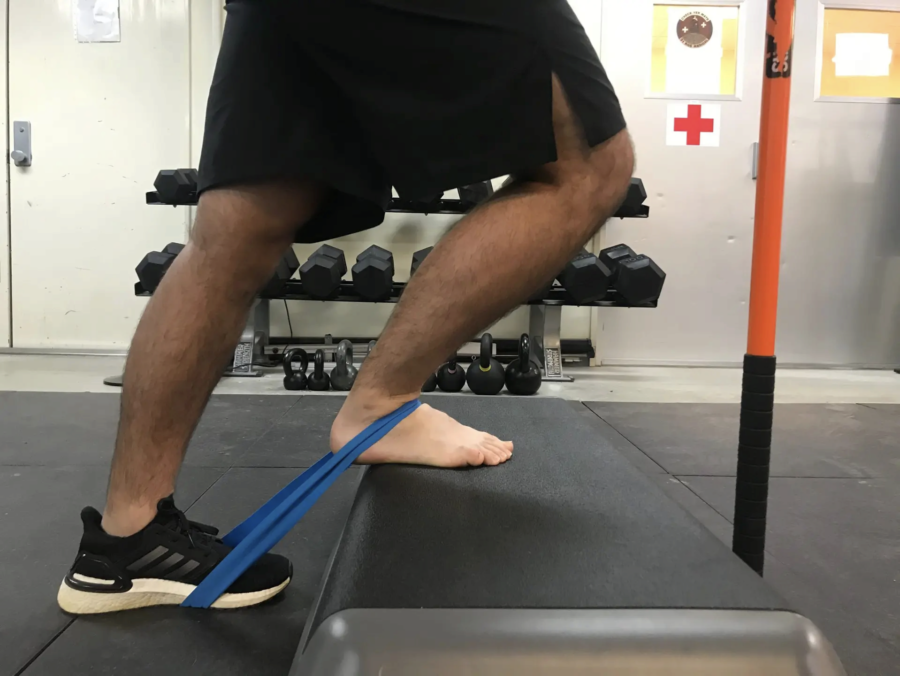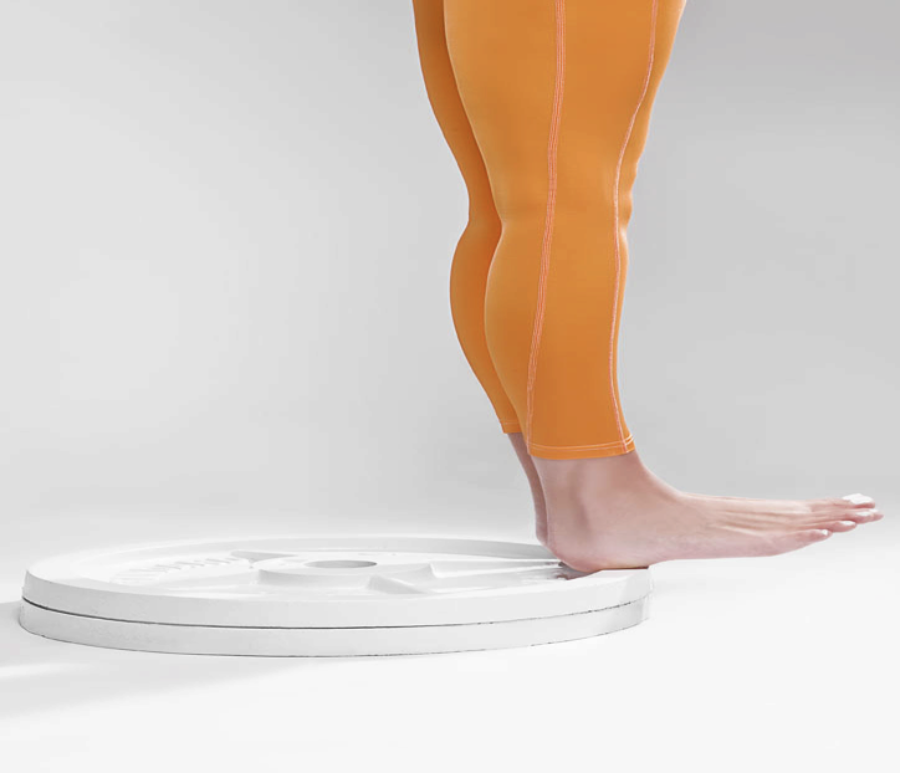How to Improve Your Ankle Mobility
Ankle mobility is probably a neglected part of your training.
However, ankle mobility is essential in performing movement patterns in your daily life.
Limitations to your ankles can affect the quality of your performance when doing complex movements such as squat patterns, lunges and even running.
You may not be noticing it, but your ankles play a massive role in your compound exercises.
For example, when performing a deep squat, your body requires a greater ankle range of motion to complete the movement effectively.
Limitations in the ankle joint can cause increased stress on the lower back and hips which may lead to injury over time.
- Decreases risk of injury
- Improves compound exercises (squat, lunge, deadlift)
- Improves running mechanics
- Higher efficiency in agility or changing direction
- Better balance and control
Your ankle joint is a complex system formed by the bones of your foot and your lower leg that promotes both stability and mobility.It allows fluid translation of your body weight to your foot and gives you the mobility to propel yourself forward during walking or running.
Ankle joints provide a wide range of movement in different directions or planes that allows you to balance even on soft or uneven surfaces
Target muscles
- Gastrocnemius
- Soleus
- None
This manual technique aims to restore the optimal length of the muscle fibers by decreasing muscle tension in the calf area.
- Step 1: Sit on the floor in a 90 - 90 position. Place deep pressure on your calves using your thumb.
- Step 2: Begin sliding your thumb and keep a deep pressure on your calves while moving your ankles up and down (dorsiflexion - plantar flexion).
- Step 3: Continue doing this on the inside part of the calf muscle and work your way on the outside part.
Do this for 1 to 2 minutes on each leg.
Keep the thumb pressure and glide in an upward motion (distal to proximal) and synchronize it with the movement of your feet to maximize soft tissue release.
Always start at the bottom part of the calf near your ankle joint.
Myofascial release can effectively increase your ankle range of motion and decrease the discomfort associated with tight calf muscles.
Target muscles
- Gastrocnemius
- Soleus
- Tibialis Anterior
- Step
- Dumbbells
Heel raises on step exercise fires up both the calves and anterior muscle groups of the legs.
It contracts calves during heel raises, eccentrically activates the anterior tibialis (front leg muscles) during lowering down and stretches the calves at the end range.
- Step 1: Stand on the edge of the step. Place your weight on the ball of your feet while your heels are hanging off the edge.
- Step 2: Raise your toes and feel the contraction of your calves, and slowly lower your feet, with your heels dropping off the edge.
- Step 3: Repeat for 10 repetitions for 3 sets
Do not let gravity do the work for you! Instead, focus on achieving the end range of your ankle and increasing your mobility.
Progression: Hold dumbbells on each hand to create heavier resistance and make your leg muscles work more.
Heel raises on step allows a greater range of motion of the ankles while challenging the entire muscles of the legs.
Target
- Talocrural joint
- Step
- Resistance Band (Moderate resistance)
This exercise mobilizes the ankle joint (talocrural joint) to improve the mobility and increase your range of motion (dorsiflexion).
- Step 1: Wrap an elastic band on your ankle joint just below the bony part of your ankle (Malleolus) tie it in a stable surface to provide sustained pressure on your ankle joint. Place your foot on a stool or elevated platform. Assume a lunging position.
- Step 2: Slowly lunge forward as much as possible. Hold the end range of at least 3 seconds and slowly return to the starting position.
- Step 3: Do it at least 10 times and repeat on the other leg.
Control the movement throughout the exercise.
Keep your hips and knees in a neutral position while keeping your entire foot in the ground.
Progression: Place a kettlebell just above your knee during lunging to further challenge your control and provide additional end range stretch.
The banded dorsiflexion mobilization exercise improves the joint movements, resulting in greater depth in squats and larger strides when running or skiing.
Target muscles
- Tibialis Anterior
- Extensor Digitorum Longus
- Extensor Hallucis Longus
- Peroneus Tertius
- Step
This exercise strengthens the ankle dorsiflexors, which are often overlooked in your exercise routines and daily activities.
- Step 1: Stand on the edge of a step or platform with the ball of your foot hanging on the edge. Keep your weight on your heels.
- Step 2: Move your feet up as high as you can while keeping your heel in place. Feel the contraction of the muscles in front of your legs. Slowly move back down to the starting position.
- Step 3: Repeat the movement for 10 reps to 3 sets.
Weakness of the ankle dorsiflexors often result in an increased risk of tripping or ankle injury.
Progression: Change the placement of your foot to isolate other muscles and make it work harder.
Try this in both the inward and outward position of the foot.
Dorsiflexion exercise allows a high degree of activation of the muscles of the anterior leg (dorsiflexors) which allows you to control your ankle movement during walking or running.
Ankle mobility is an often overlooked aspect of physical fitness.
However, it is a vital component of your daily activities and athletic performance.
You can maximize your gains in your squats, deadlifts and other compound body movements if you have good mobility of your ankles.
Optimal control and strength of your ankle muscles can reduce your risk of injuries and improve your athletic performance.
Even a slight increase in range of motion and slight mobility advantage is crucial to winning in a competitive environment.
- Rabin, A., Kozl, Zvi., Finestone, and Aharon. (2014). Limited ankle dorsiflexion increases the risk for mid-portion Achilles tendinopathy in infantry recruits: a prospective cohort study
- Stanek, J., Sullivan, T., and Davis, S. (2018). Comparison of Comprehensive Myofascial Release and the Graston Technique for Improving Ankle-Dorsiflexion Range of Motion
- Ajimsha, M., Al-Mudahka, N., and Al-Madzhar, J. (2015). Effectiveness of myofascial release: systematic review of randomized controlled trials
- Basnett, C., Hanish, M., Wheeler, Todd., Miriovsky, D., Danielson, E., Barr, J., and Grindstaff, T. (2013) ANKLE DORSIFLEXION RANGE OF MOTION INFLUENCES DYNAMIC BALANCE IN INDIVIDUALS WITH CHRONIC ANKLE INSTABILITY
- Yoon, K., and Park, S. (2013). The effects of ankle mobilization and active stretching on the difference of weight-bearing distribution, low back pain and flexibility in pronated-foots subjects
- Macrum, E., Bell, David., Boling, M., Lewek, M., and Padua, Darin. (2012). Effects of limiting ankle-dorsiflexion range of motion on lower extremity kinematics and muscle activation patterns during a squats
- Kim, s., Kwon, O., Park, K., Jeon, I., and Weon, J. (2015). Lower extremity strength and the range of motion in relation to squat depth
